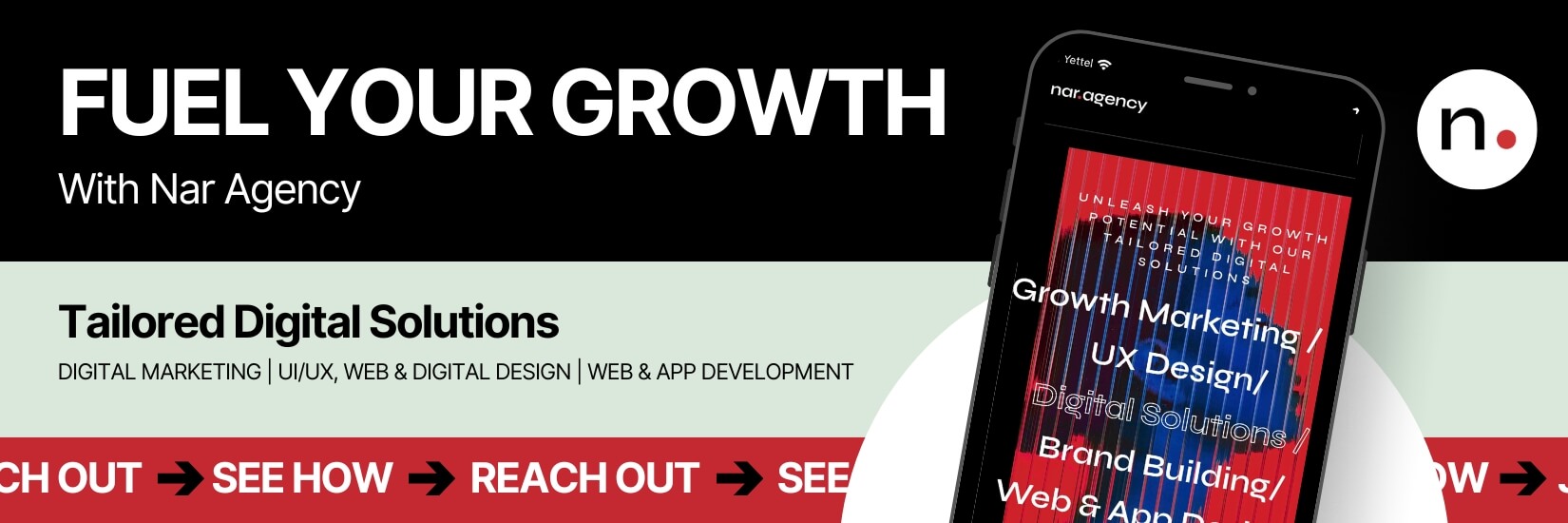Table of Contents
User research is a critical part of designing digital products. It helps designers understand what users need, want, and expect from a product. By gathering this information, designers can create products that are both functional and enjoyable to use. This article explores the different aspects of user research and its importance in the digital product design process.
Key Takeaways
- User research helps in understanding the actual needs and problems of users.
- It prevents the creation of products based on assumptions, which can lead to failure.
- Incorporating user research throughout the design process ensures a better user experience.
- Cost-effective research methods like guerrilla testing can provide valuable insights without breaking the bank.
- Addressing challenges in user research, such as budget constraints and stakeholder resistance, is crucial for successful outcomes.
Understanding the Basics of User Research in Digital Product Design
Defining User Research
User research is the process of gathering data about users to understand their needs, behaviors, and experiences. It is essential for creating products that truly meet user needs. This research can involve various methods, such as interviews, surveys, and observations, to collect both qualitative and quantitative data.
Key Objectives of User Research
The main goals of user research include:
Identifying user needs and pain points
Understanding user behaviors and motivations
Validating design concepts and assumptions
Improving the overall user experience
By focusing on these objectives, designers can create products that are more user-friendly and effective.
Types of User Research Methods
There are several methods used in user research, each with its own strengths and weaknesses. Some common methods include:
Interviews: One-on-one conversations to gather in-depth insights
Surveys: Questionnaires to collect data from a larger audience
Observations: Watching users interact with a product to identify issues
A/B Testing: Comparing two versions of a product to see which performs better
Each method provides unique insights that can help in different stages of product design.
The Importance of User Research in the Design Process
Avoiding Assumptions
User research helps designers avoid making assumptions about what users need. Without proper research, designers might create products that don’t solve real problems. This can lead to products that are hard to use or don’t meet user expectations. By understanding the needs, behaviors, and pain points of their target audience, designers can create more effective solutions.
Enhancing User Experience
User research is crucial for enhancing the user experience. It allows designers to gather insights into how users interact with a product, what they like, and what frustrates them. This information is invaluable for making improvements that lead to a more enjoyable and efficient user experience. When users find a product easy and pleasant to use, they are more likely to continue using it and recommend it to others.
Driving Business Success
Incorporating user research into the design process can drive business success. Products that are designed with the user in mind are more likely to succeed in the market. They meet real needs and solve actual problems, which can lead to higher user satisfaction and loyalty. Additionally, user research can help identify potential issues early on, saving time and money in the long run.
Conducting user research is essential for creating products that truly meet the needs of users. It helps designers avoid assumptions, enhance user experience, and drive business success.
Incorporating User Research in Different Phases of Product Design

Discovery Phase
The discovery phase is the first step in product development. Here, user research helps you understand the market, the brand, and the audience. Without thorough research, you might rely on hunches and guesses. Key goals include understanding user pain points, forming empathy, and validating user personas. Techniques like UX mapping, product audits, and user interviews are useful.
Design and Prototyping Phase
In the design and prototyping phase, user research ensures your product is optimized for users. Methods include usability tests, testing user flows, and prototype validation. This phase helps in integrating UX insights into product planning, making sure the product meets user needs and expectations.
Post-Development Phase
User research doesn’t stop after development. Continuous research helps maintain product quality and pinpoint issues. It provides data for ongoing improvements, ensuring the product remains user-friendly and effective. This phase is crucial for long-term success and user satisfaction.
Cost-Effective Strategies for Conducting User Research
Guerrilla Research Techniques
Guerrilla research is a quick and low-cost way to gather user feedback. This method involves going to places where your target users are likely to be and asking them simple questions or having them perform tasks. It’s a great way to get immediate insights without spending a lot of money.
Visit public places like coffee shops or libraries.
Use simple prototypes or sketches to gather feedback.
Keep the sessions short and focused.
Leveraging Existing Data
Before starting new research, check if there is already existing data that can be useful. Many companies have data from previous projects that can provide valuable insights.
Review past user research reports.
Analyze customer support tickets and feedback forms.
Look at website analytics to understand user behavior.
Utilizing Online Tools
There are many online tools available that can help you conduct user research without breaking the bank. These tools offer various features like surveys, user testing, and analytics.
Even the smallest amount of user research will save time and money in the long run.
By using these cost-effective strategies, you can gather valuable user insights without a large budget. This will help you make informed design decisions and improve your product’s user experience.
Challenges and Solutions in User Research
Overcoming Budget Constraints
User research can be done on a budget. There are ways to conduct faster and less costly user research, such as using guerrilla research techniques. Even a small amount of user research can save time and money in the long run. Investing in UX research and deriving meaningful insights can minimize the risk of implementing flawed solutions.
Dealing with Time Limitations
Time is often a significant constraint in user research. To address this, create a minimum viable research plan. This plan focuses on doing the best research possible with the least amount of time and resources. For example, asking for just one extra week and a small budget can make it easier for stakeholders to agree.
Addressing Stakeholder Resistance
Often, businesses think they know their users without having done any research. This assumption can lead to flawed solutions. To overcome this, get good at demonstrating and communicating the importance of user research. Highlight how user research saves time and money and improves user experience. Be frank about the risks of skipping user research, such as designing the wrong thing or solving the wrong problem.
It's only natural to assume that everyone uses the web the same way we do, but this is often not the case. Without research, we make decisions based on our own assumptions rather than the user's actual needs.
Real-World Examples of Successful User Research
Case Study: Fintech Products
In the fintech industry, user research has been pivotal. For instance, a leading fintech company used user research to understand the pain points of their users. They conducted interviews and usability tests, which revealed that users found the app’s navigation confusing. By addressing these issues, the company improved user satisfaction and increased their user base by 20%.
Case Study: E-commerce Platforms
E-commerce platforms often rely on user research to enhance the shopping experience. One major e-commerce site used A/B testing to determine the best layout for their product pages. The research showed that a simpler design led to higher conversion rates. As a result, the company saw a 15% increase in sales.
Case Study: Mobile Applications
Mobile app developers frequently use user research to refine their products. A popular mobile app conducted field studies to observe how users interacted with their app in real-world settings. They discovered that users struggled with the app’s onboarding process. By simplifying this process, the app saw a significant boost in user retention.
User research is essential for creating products that truly meet the needs of users. It helps identify problems and provides insights that drive improvements.
The Future of User Research in Digital Product Design

Emerging Trends
User research is evolving rapidly, with new trends shaping how we understand and interact with users. One key trend is the increasing use of remote research methods, which allow for broader and more diverse participant pools. Additionally, there’s a growing emphasis on continuous user feedback throughout the product lifecycle, rather than just at the beginning or end.
Technological Advancements
Advancements in technology are making user research more efficient and insightful. Tools like eye-tracking software and advanced analytics platforms provide deeper insights into user behavior. Moreover, virtual reality (VR) and augmented reality (AR) are opening new avenues for immersive user testing.
The Role of AI and Machine Learning
Artificial intelligence (AI) and machine learning are revolutionizing user research. These technologies can analyze vast amounts of data quickly, identifying patterns and trends that might be missed by human researchers. AI-driven chatbots and virtual assistants are also being used to gather user feedback in real-time, making the research process more dynamic and responsive.
The future of user research is not just about collecting data but about making sense of it in ways that drive meaningful improvements in product design.
Conclusion
In the end, user research is a crucial part of creating digital products that people love. It helps designers understand what users need and want, making sure the final product is both useful and enjoyable. Skipping this step can lead to products that miss the mark, wasting time and money. By investing in user research, companies can build better products, save resources, and make users happy. So, always remember to put the user first and let research guide your design process.
Frequently Asked Questions
User research in digital product design involves gathering insights about users' needs, behaviors, and preferences. This helps designers create products that are user-friendly and meet the actual needs of the target audience.
User research is crucial because it helps avoid assumptions, enhances user experience, and drives business success. By understanding real user needs, designers can create products that are both useful and enjoyable to use.
There are several types of user research methods, including interviews, surveys, usability testing, and observations. Each method provides different insights and can be used at various stages of the design process.
User research can be cost-effective by using guerrilla research techniques, leveraging existing data, and utilizing online tools. These methods help gather valuable insights without requiring a large budget.
Some common challenges in conducting user research include budget constraints, time limitations, and stakeholder resistance. Finding creative solutions and emphasizing the long-term benefits can help overcome these obstacles.
Share :

